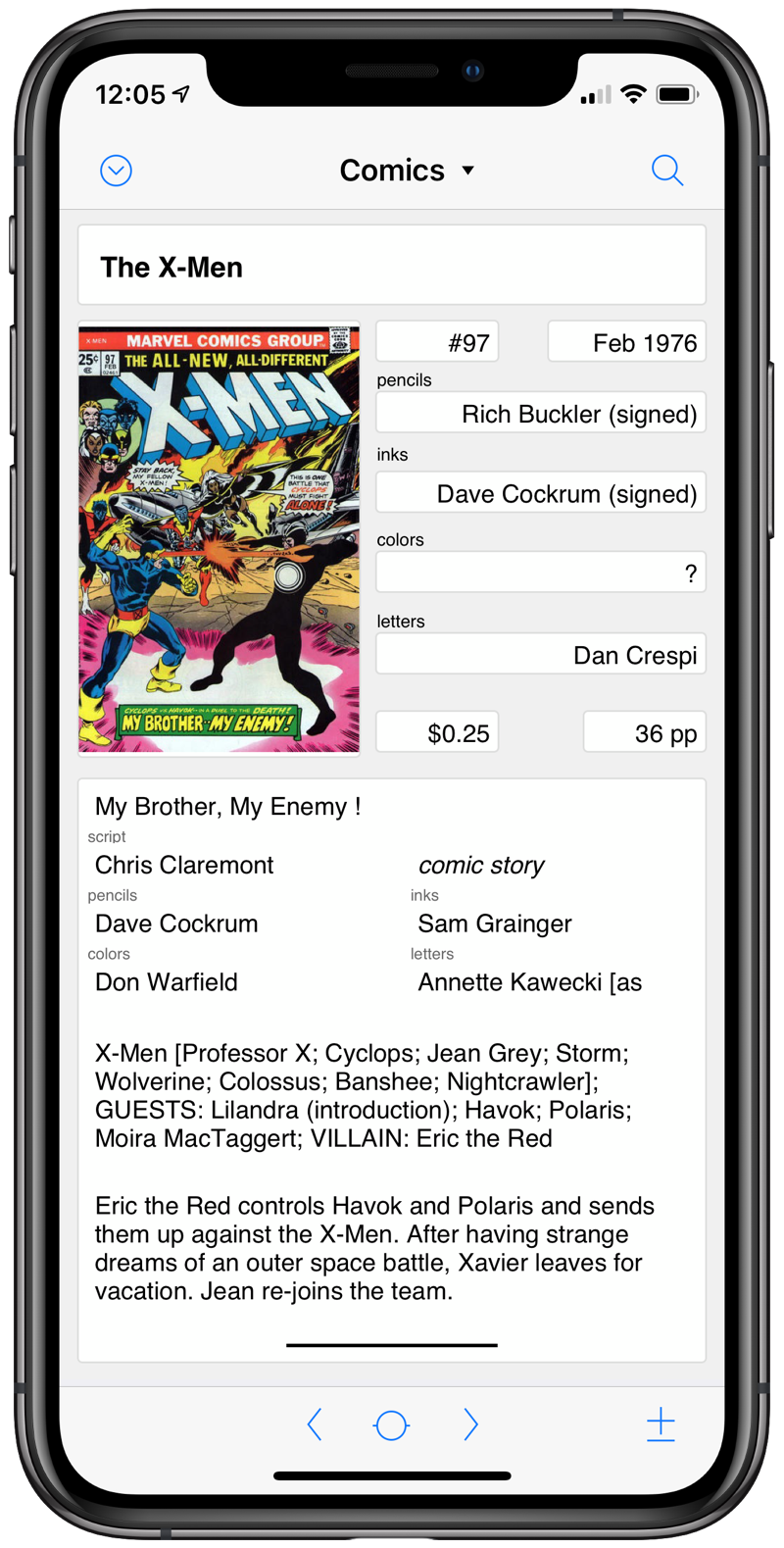

The PC Speaker takes approximately 60 millionths of a second to change positions. This technique uses the physical properties of the speaker to allow it to output the (relatively) complex sounds that exist in 8-bit audio. One popular method used by many early PC games to overcome this limitation is called pulse-width modulation. Typically 256 positions (8 bits) are considered adequate to play comprehensible audio. More positions are needed though in order to play digital sound. As stated earlier, the speaker itself has only two possible positions, "in" and "out". In the absence of a real sound card, the PC Speaker can be used to output low quality digital sound. It should also be noted that this is the "official" way to program the PC Speaker and, if a sound card is present, should be the only way that the PC Speaker is programmed. This mode is very popular because it is easy to program and because it is asynchronous from the rest of the computer's operation, meaning that it takes very little CPU time. By changing the frequency at which timer 2 "ticks", the PC Speaker can be made to output sound of the same frequency. Likewise, when the timer goes "low" (=0) the speaker will move to the "in" position. In this mode, when the timer goes "high" (=1) the speaker will move to the "out" position. The PC Speaker can be connected directly to the output of timer number 2 on the Programmable Interval Timer by setting bit 0 of port 0圆1 (=1). Modes of Operation Through the Programmable Interval Timer (PIT) (In fact, any frequency produced by this system also produces higher frequencies look up "square wave harmonics" if you're interested.) Thus, a frequency which is too low to be heard as a tone may be heard as a rattle or buzz. Also, a single movement in or out makes a click sound because it's so fast. Moving in and out repeatedly produces audible tones if the speed of repetition (the frequency) is within the range the speaker can reproduce and the human ear can hear. If this bit is set (=1), the speaker will move to the "out" position, if it is cleared (=0) then the speaker will move to the "in" position. This position can be set through bit 1 of port 0圆1 on the Keyboard Controller. The speaker itself has two possible positions, "in" and "out". 2.1 Through the Programmable Interval Timer (PIT).*Optional monthly billing is $24 per month. csv file for quick setupĬreate your own custom tests and rubrics or edit existing ones to make them more individualized Not ready to take data in the app? Print pre-created data sheets with each student's goals Use a separate app to show images to the student while administering a test on your own device Select strategies/accommodations for RTI or to add to the IEP Schedule your caseload faster than ever before Track session times and print attendance reports Reduce billing time from hours to minutes Select and develop specific and measurable goals/objectivesĪdd your favorite goals to a personal goal toolbox SLP Toolkit is the best app for school based SLPs!Ĭollect comprehensive strength and needs profiles on every single student you work withĬomplete progress reports quickly and efficiently using built in tests and rubrics

How districts can improve consistency and quality Are your SLPs prepared to make recommendations to IEP teams with comprehensive data to back their decisions? Principals and Special Education AdministratorsĪs a school district, data consistency, quality and security are utmost priorities.


 0 kommentar(er)
0 kommentar(er)
